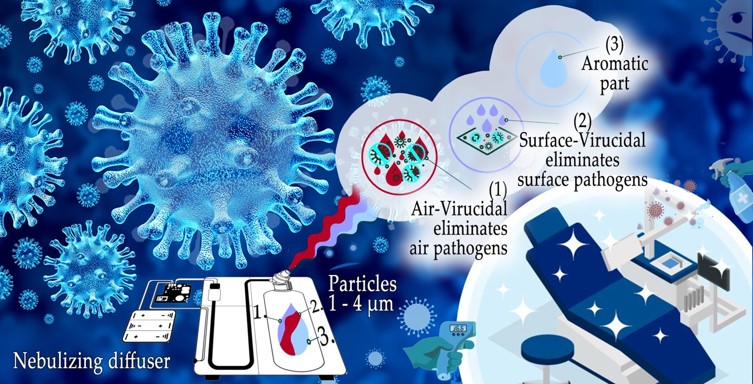Omicron variant is more invasive against immunity, but it's not more invasive in any change in degree against masks, and indoor air; than previous variants. With its arrival, dentistry is facing another challenge. With a mission to protect both patients and healthcare workers, we are adapting to the current epidemiologic situation and anticipate the incoming change. This article presents an unpublished prospective setting for dental care in the new chapter of pandemics after Omicron variant. Introduced biosafety protocol has been clinically tested for 18 months in the field. Three fundamental pillars of this sustainable biosafety protocol are: (1) UVC air disinfection; (2) air saturation with certified virucidal oils through nebulizing diffusers; (3) telehealth solutions. As a method of evaluation pseudonymous on-line smart form was used. This biosafety protocol is not relying on persons` identification as uninfected; it is designed for environments where healthcare workers or patients are hypothetical asymptomatic carriers. Results from 115 patient feedbacks suggest that with this protocol in place, there was no observed or reported translation of infection from patient to another patient or from patient to doctor or nurse and vice versa, albeit nine of the patients have retrospectively admitted being probably infectious during their dental appointment. The key of this protocol is its clinical sustainability, as full-body protective suits don’t represent sustainable dental care as well as there is no acceptable risk of patients getting infected during dental procedures.

